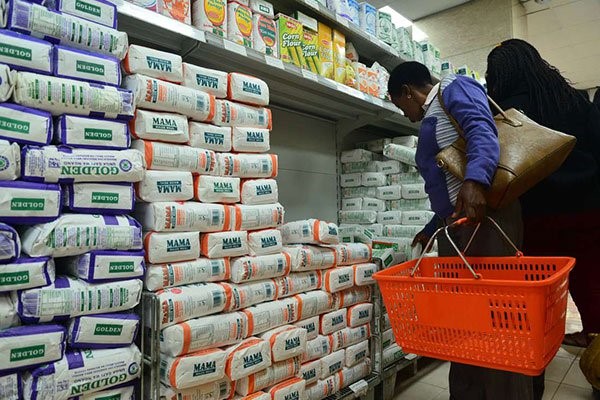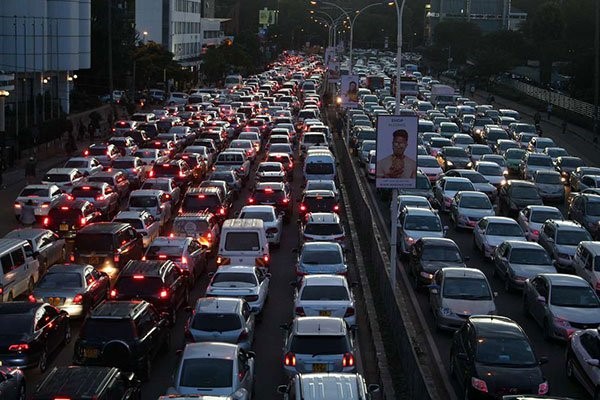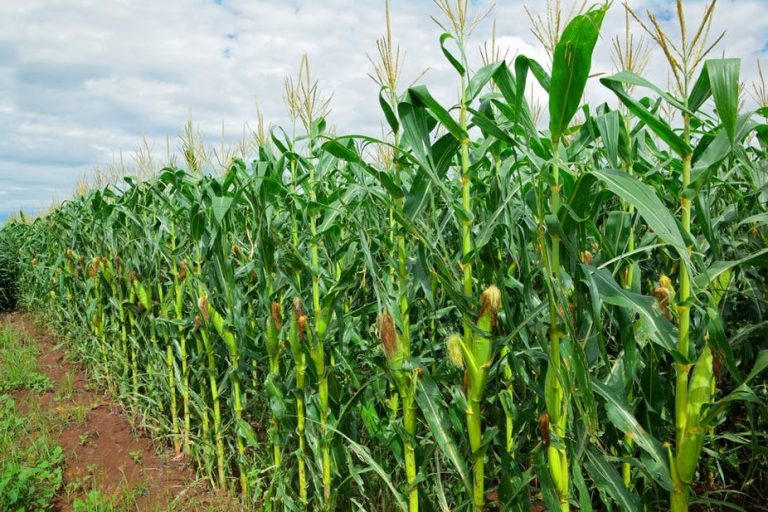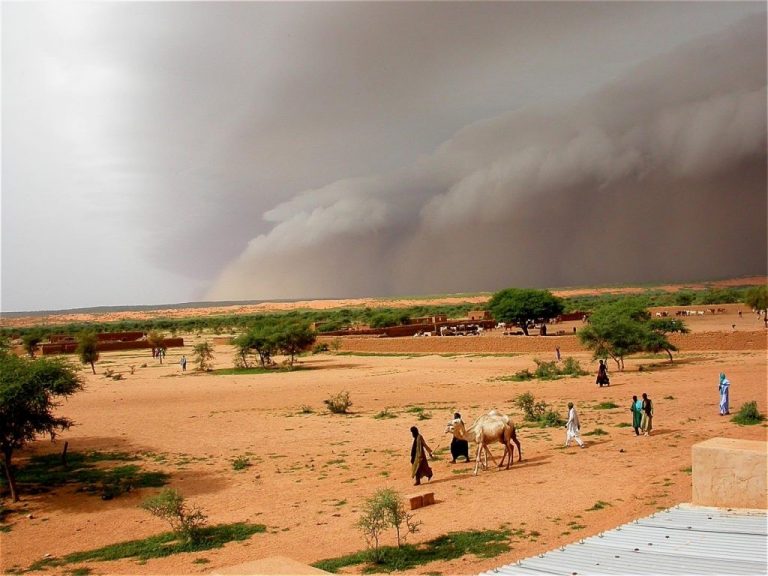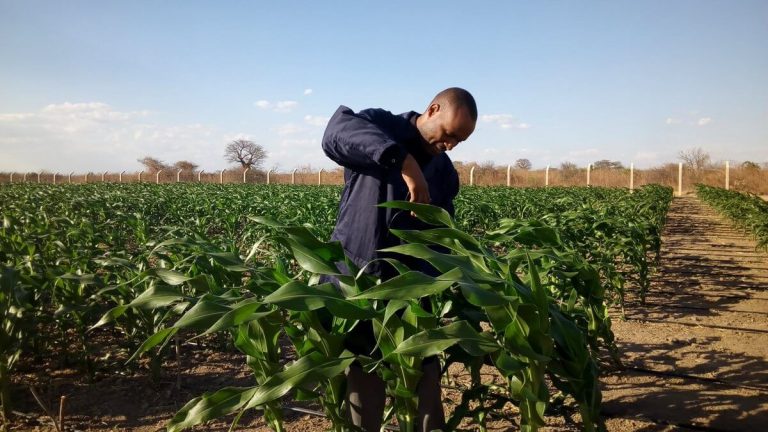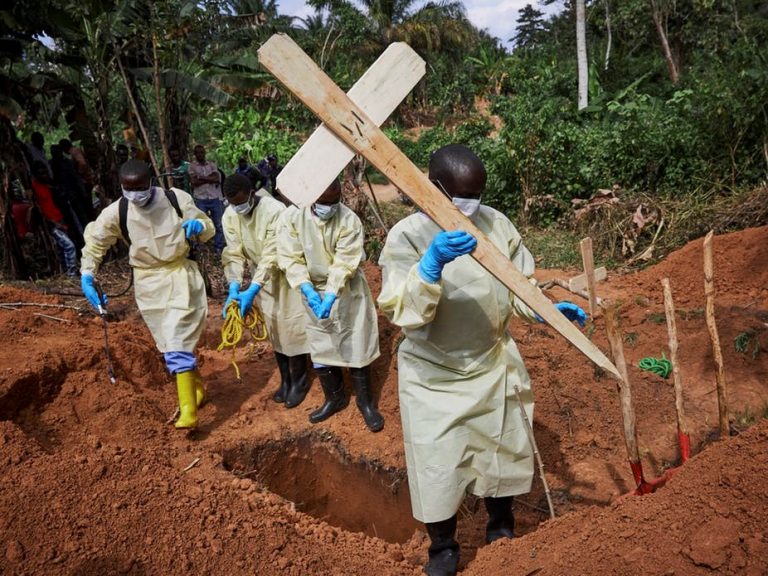A churn is underway across Africa. An era of civil conflict that followed the centuries of colonial plunder across the continent seems like a thing in the past. As African countries scramble out of violent conflicts and trudge towards developmental paths, a new challenge is putting aspirations of the entire continent in serious jeopardy. Despite the fact that African nations have contributed the least to the accumulation of greenhouse gases in the atmosphere and have had the smallest contribution to global warming, all 54 countries across 30.37 million sq.km of the continent are faced with monumental changes in the environmental and natural cycles.
The need to offset these mega climatic threats has displaced governance priority of bridging the development deficit. World Bank reports that more than 2000 natural disasters have hit Africa since 1970 with almost half occurring in the recent decade. These have affected 500 million people. It also estimated that by 2030, up to 118 million extremely poor people will be exposed to drought, floods and extreme heat in Africa.
The irony is hard to miss. While Africa is responsible for barely 7 percent of the total greenhouse gas burden of the world, climate change is both figuratively and literally reshaping the continent. Several reports have noted the particular vulnerabilities of African populations to climate change. The Intergovernmental Panel on Climate Change (IPCC) says that the rate of increase in temperatures across Africa is surpassing that of the global world. Warming in Africa has exceeded natural variability. The near surface temperatures have risen by 0.050C over the past century.
Despite the size and geographical spread of Africa, the only exception is within the central and interior regions.
The “business-as-usual” scenarios have long been forgotten and put behind memory. Most Africans today live with the fear of waking up tomorrow to find their continent flooded, dry and food insecure.
We all have one question: Why Africa?
Rising temperatures are altering the landscape of Africa. In March 2018, a study published in the Journal of Climate shows that the largest desert in the world- the Sahara- has been expanding due to shrinking rainfall and extended dry conditions. Armed with 93 years of experience, researchers say that the Sahara has expanded by about 10 percent – close to a staggering 1 million sq. km. If it were a nation, the expanded area itself would be the 30th largest country in the world.
The rapid swinging between dry and wet conditions in the latter half of the 20th century has devastated regions in the south and east of the continent.
The climates of Africa are a direct result of the spread of the continent across the Equator. The ocean masses-Atlantic and Indian ocean- alter the climatic pattern in Africa. Combined with the air streams that flow from Eurasia – the monsoons- the two dictate the climate systems.
The engine of the global climate system is a linked set of ocean currents and circulating air masses. These are powered by the greater warming of the earth near the equator than at the poles. As the planet rotates, the air masses curve when they blow north or south. These winds blow from far and wide the globe, carrying with it huge masses of polluted air and atmospheric constituents, pitched camp on the African continent. These come with a varied range of climatic issues.
Furthermore, a warming world results in strengthening these atmospheric patterns. Africa, straddled as it is across the equator, is generally hot. Some climate model projections also suggest a poleward displacement of the westerly waves, leading to more summer rain and less winter rain.
The impending catastrophe in Africa is alarming. Extreme weather is exposing Africa’s infrastructural and economic frailties. The impact of climate change on food security is on the rise as reported by the FAO report, 2018. This will put over 50 percent of the continent’s population at the risk of undernourishment. An equivalent of 2 to 4 percent annual loss in GDP in the region by 2040 is projected. Ocean warming and acidification are depleting marine ecosystems.
The African population is reeling under the conditions of the climate menace. Long dry spells have taken the toll and whenever it rains, flooding and cyclones do not seem to spare our beautiful continent. Efforts should be made to better understand Africa’s climate system and their possible implications to ecosystems and humans. This will equip us to better meet the challenges posed by climate change. But there is only not much we can do. This is a global threat that needs a global response.



